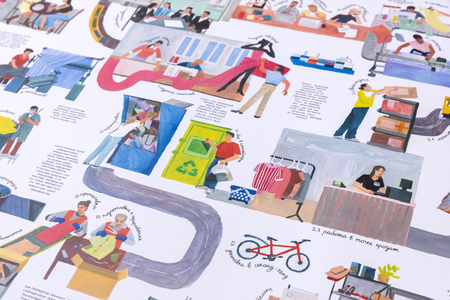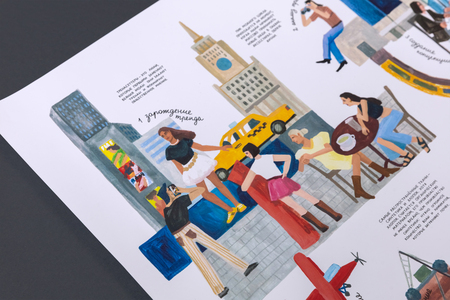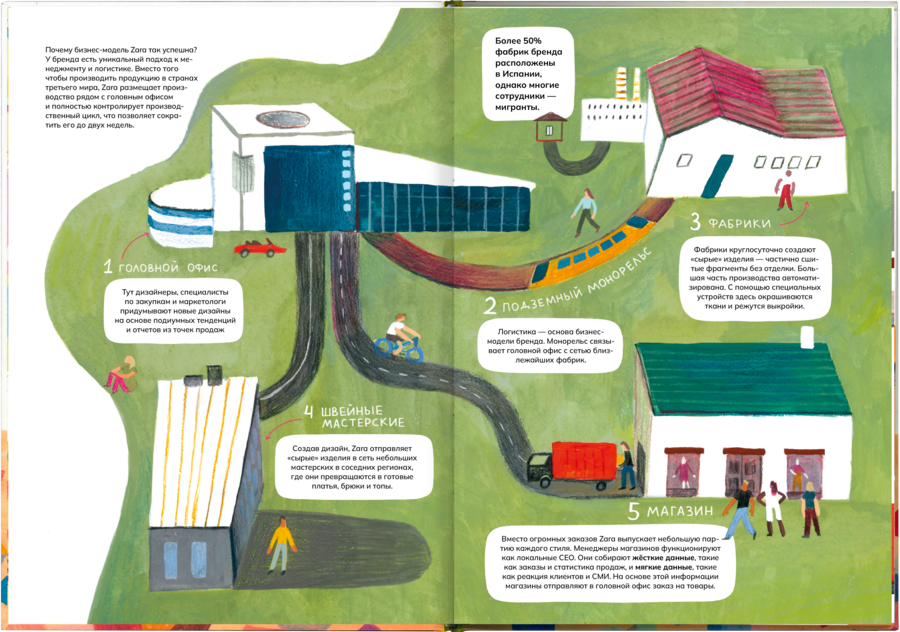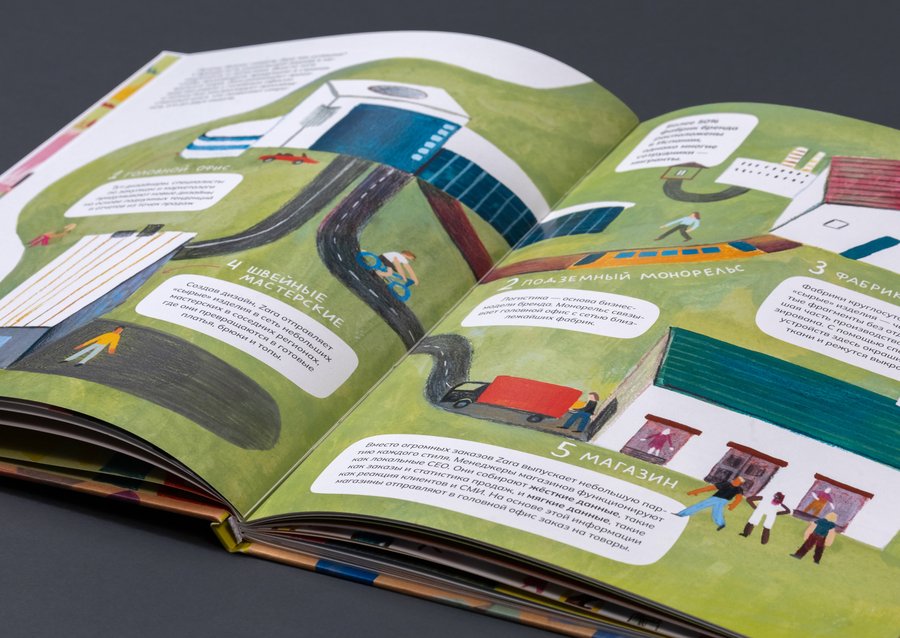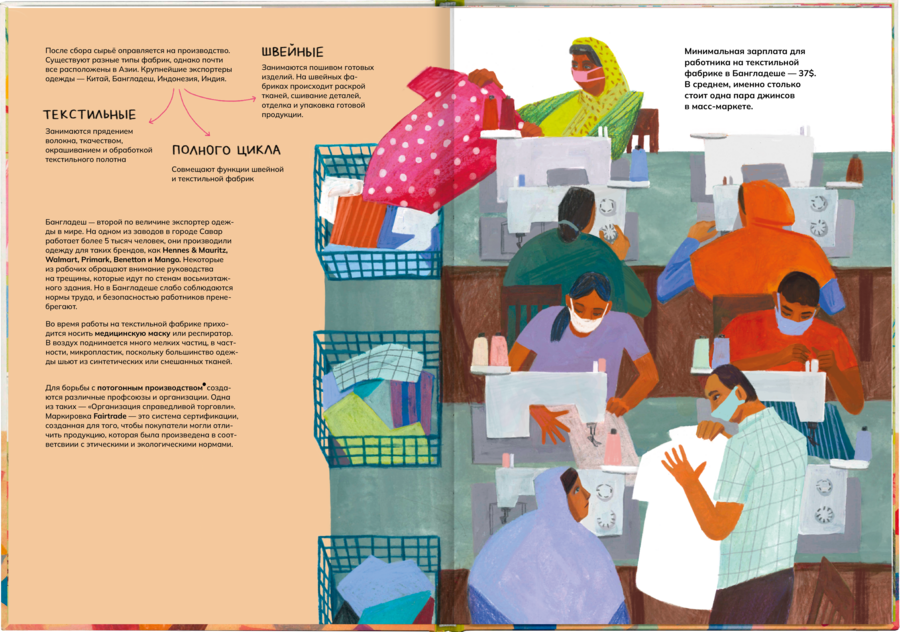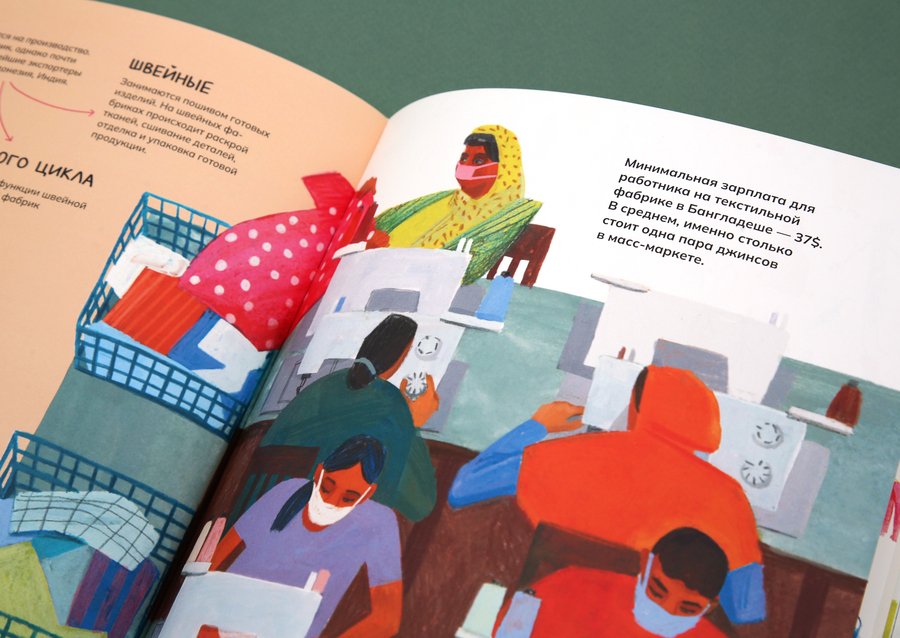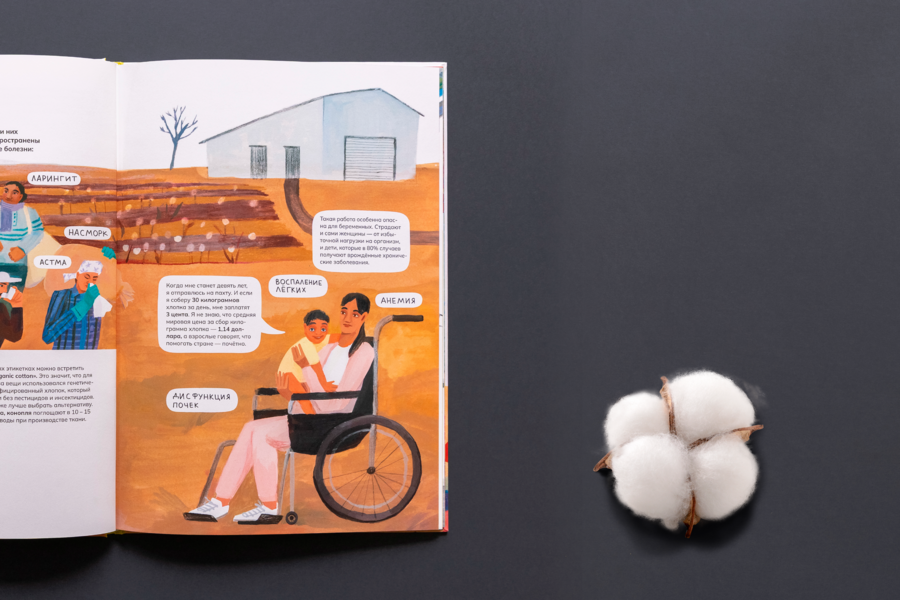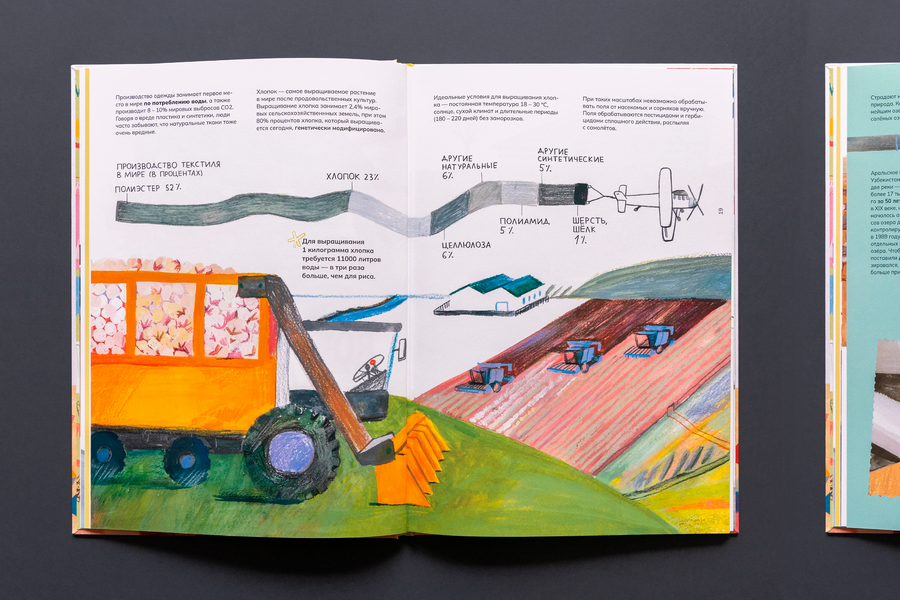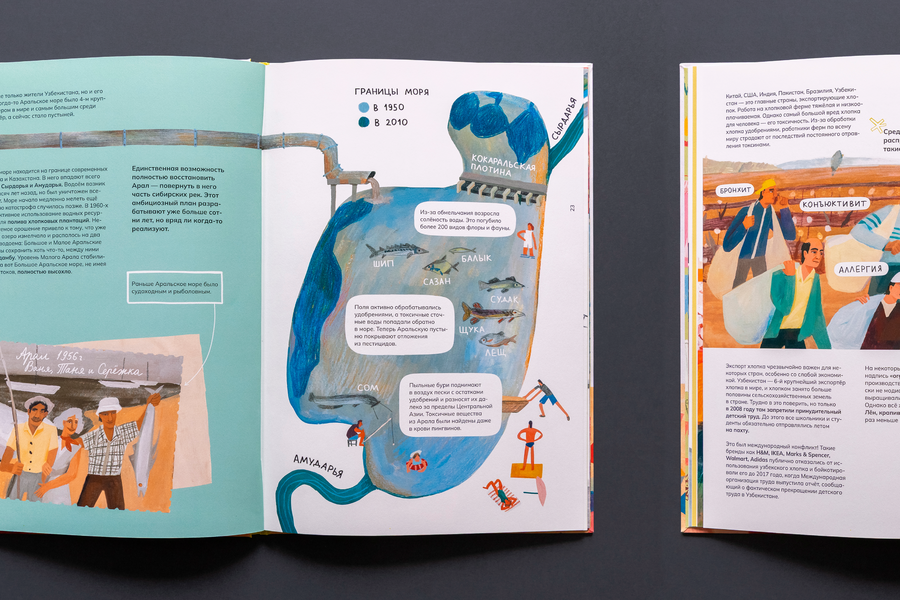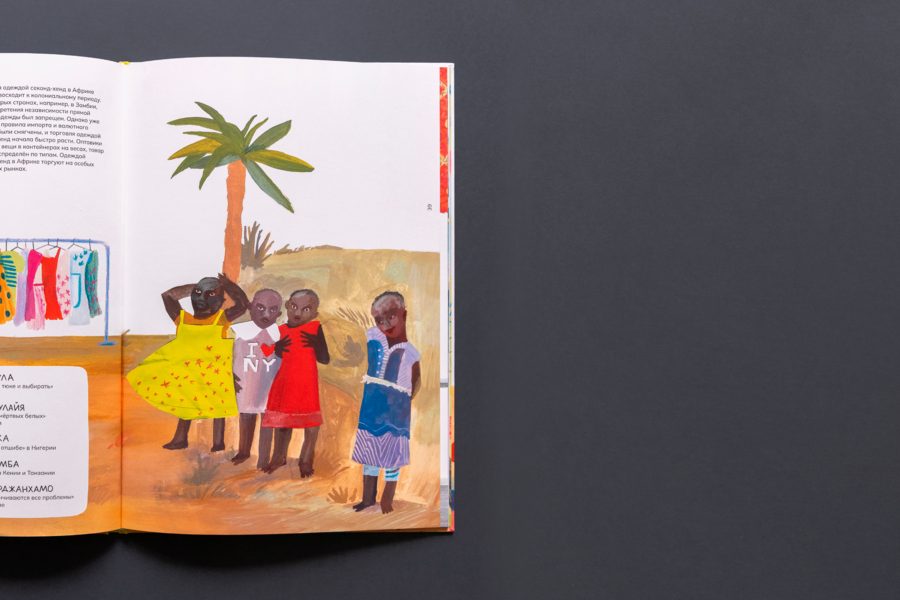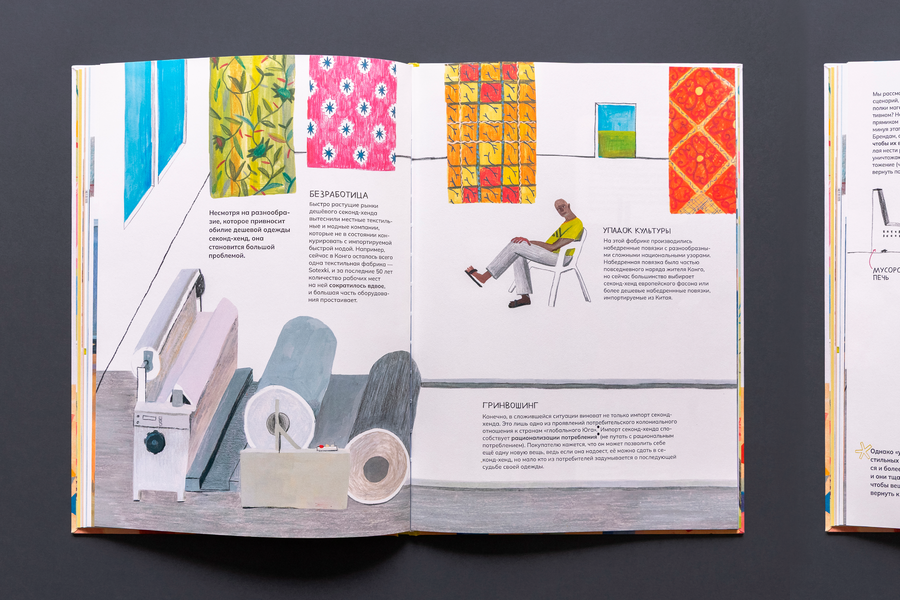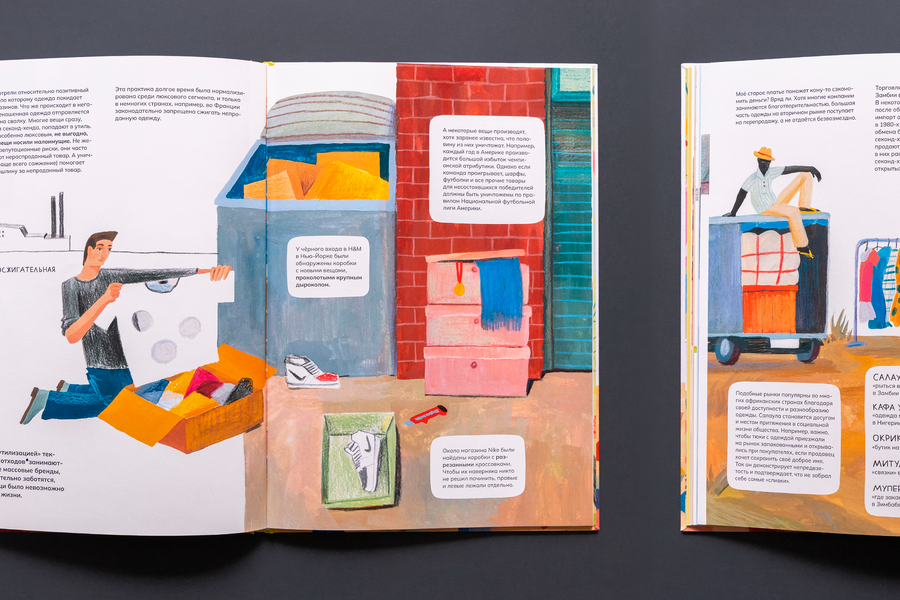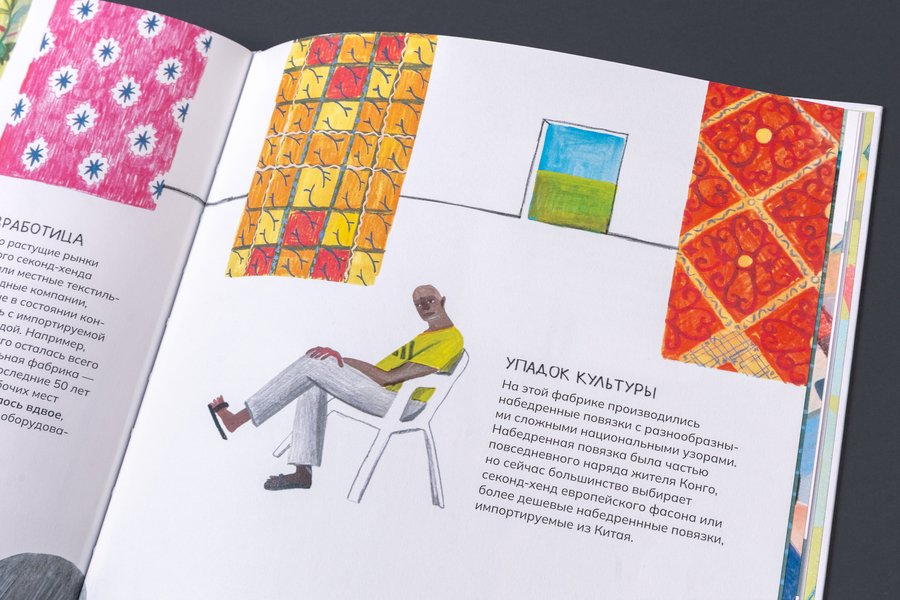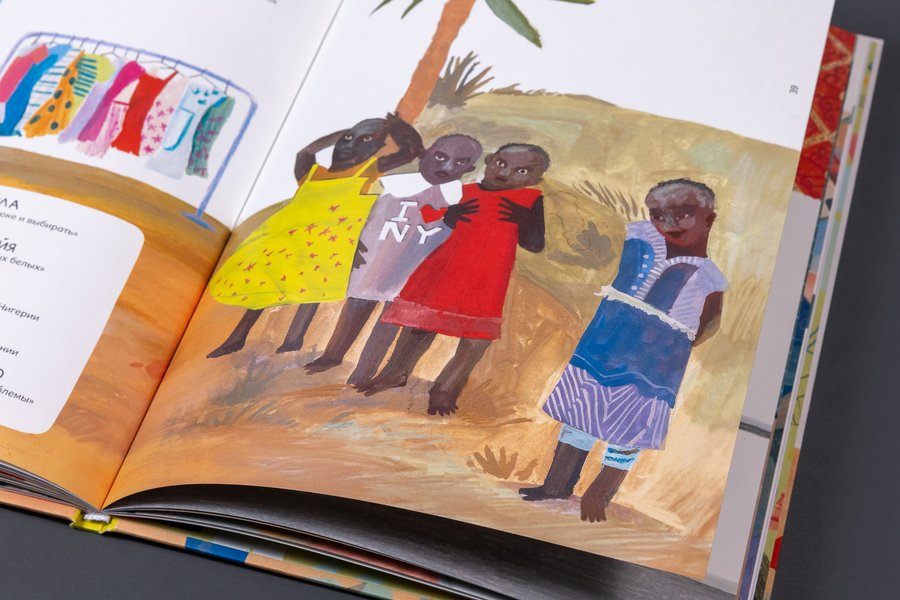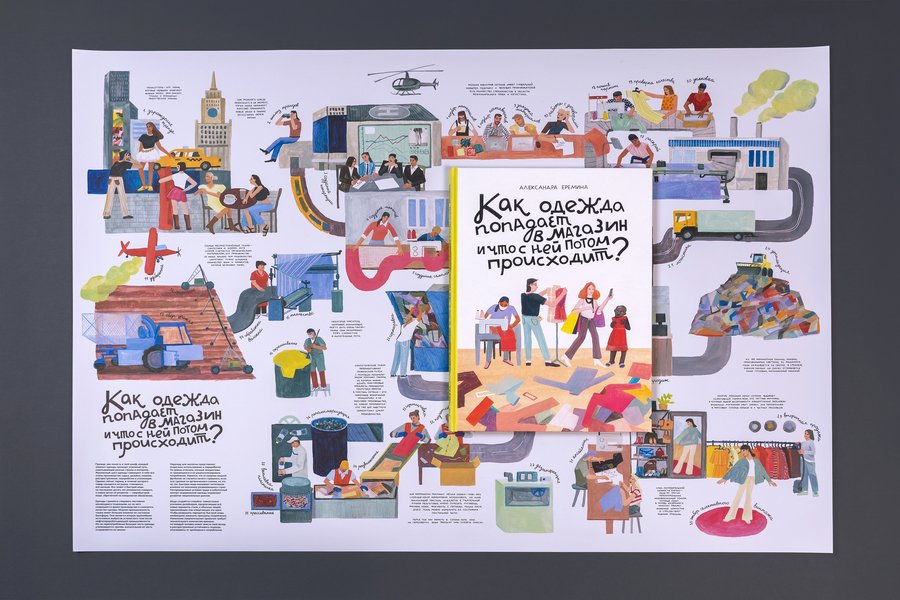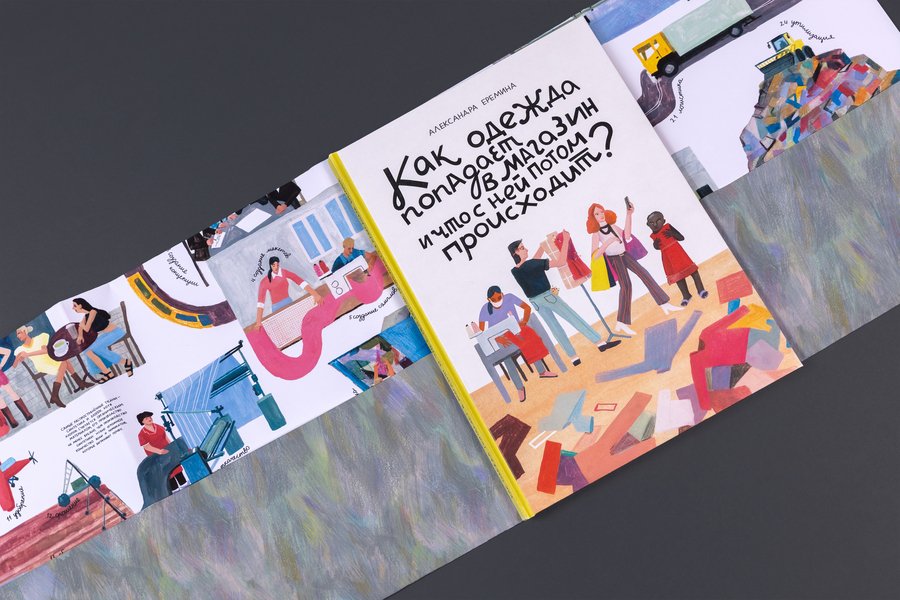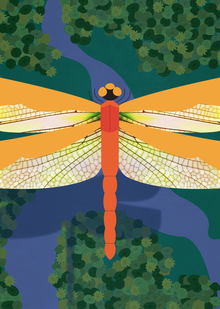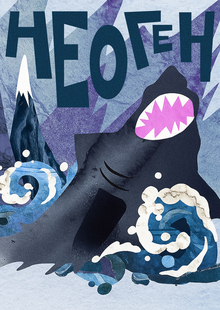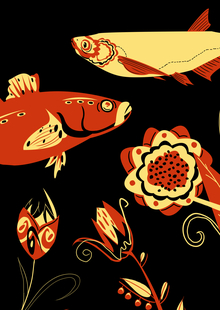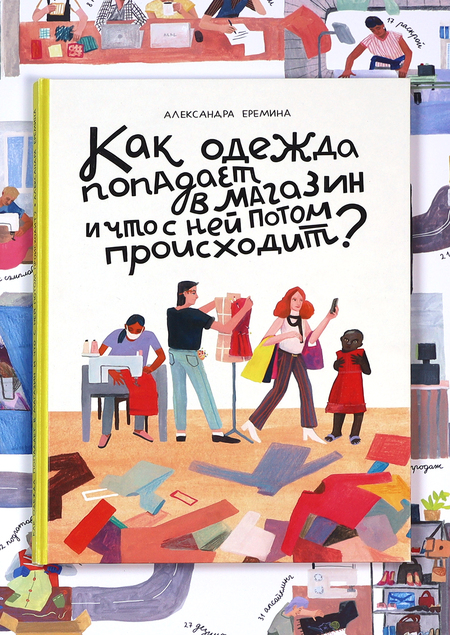
How do the clothes get into the shop and what happens to it next?
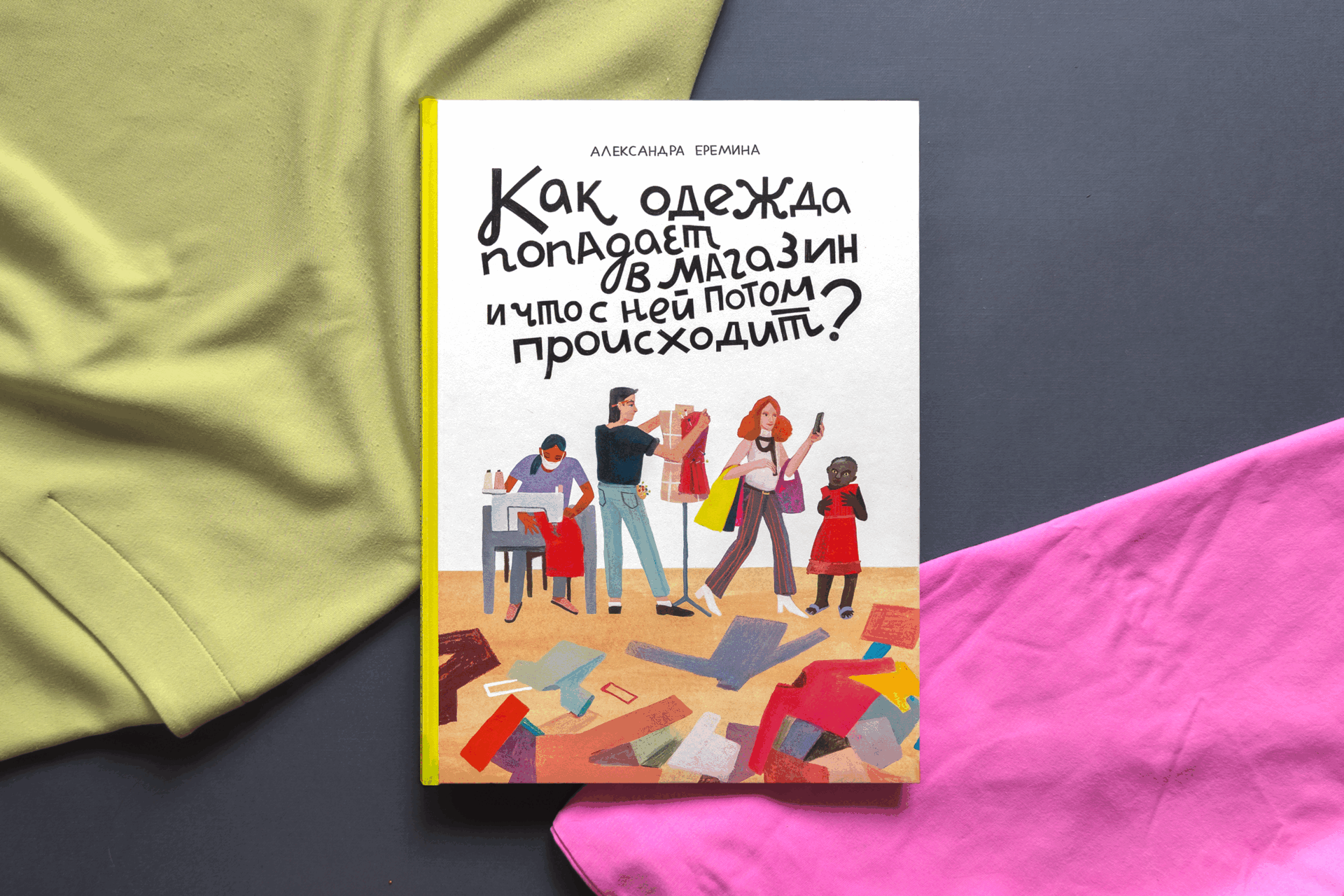
Fast fashion consumption has become an integral part of modern life. Although everyone knows about the overconsumption problem, many do not realize its scale. We wear clothes every day, but we do not often think about the huge journey they go through before they reach us, and what awaits the things when they lose their value for the consumer.
'How do the clothes get into the shop and what happens to it next? ' is an illustrated non-fiction about the road that the clothes make starting from production and finishing with the utilization or recycling.
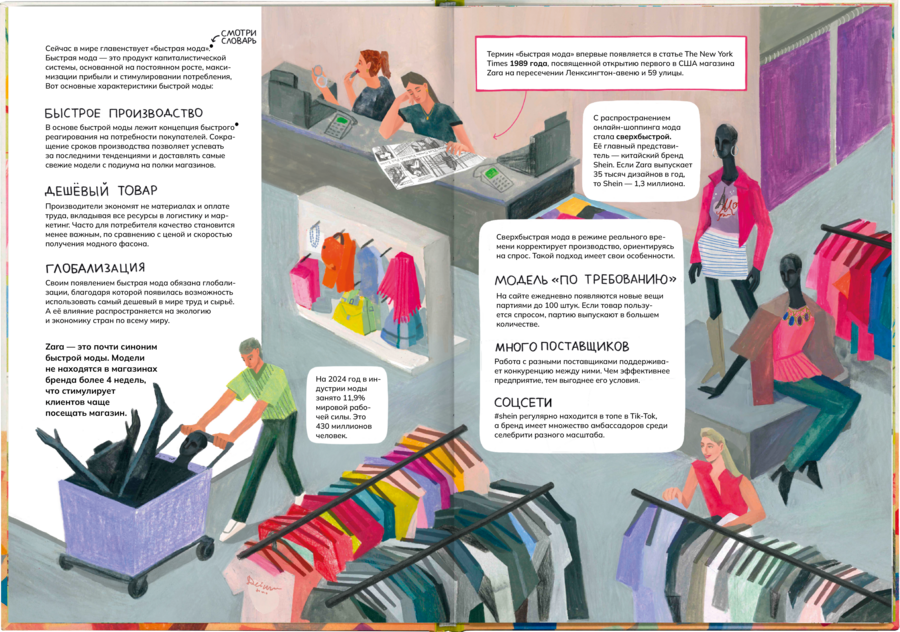
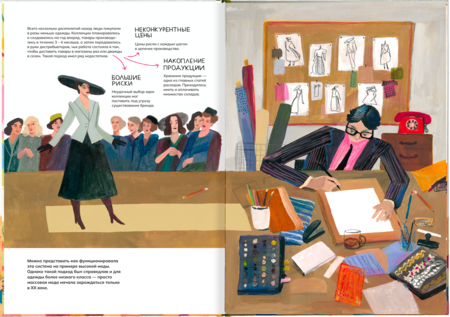
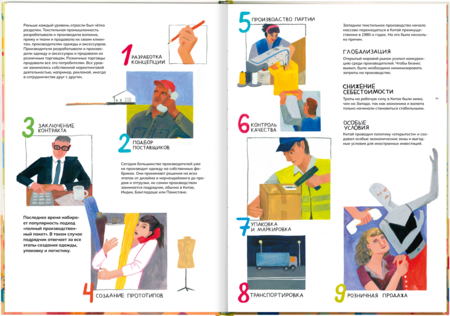
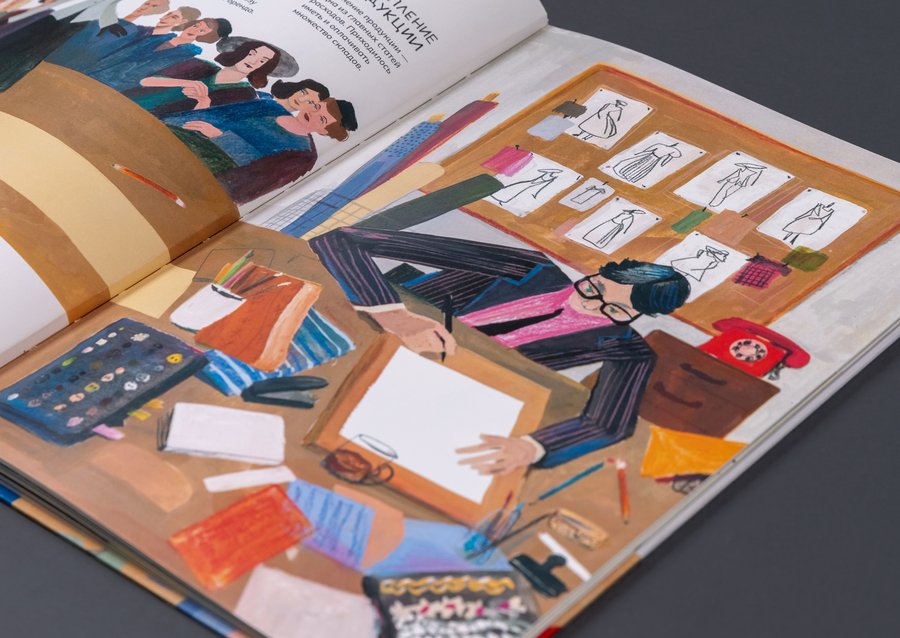
The book focuses on meanings because we often underestimate them. To structure the information, I use schematic images and infographics. . Such pages are usually marked with color.
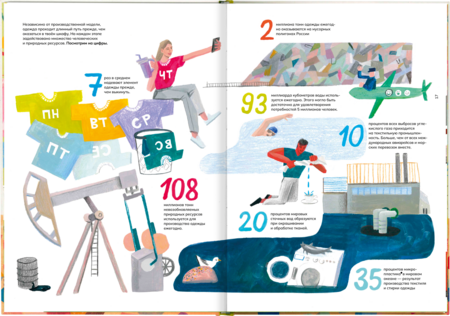
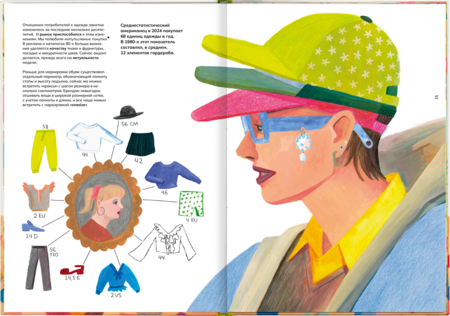
We have long-lasting beliefs about fast fashion. Many believe that natural fabrics are more environmentally friendly than synthetics, and that cheap second-hand clothes help poor countries. However, not everything is so explicit. The book studies these situations from different angles.
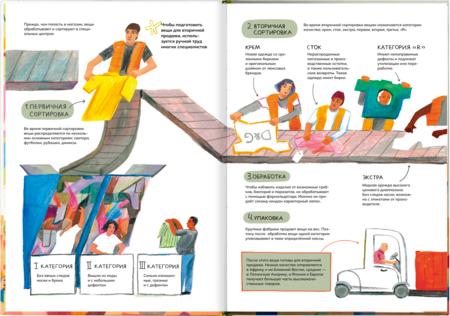
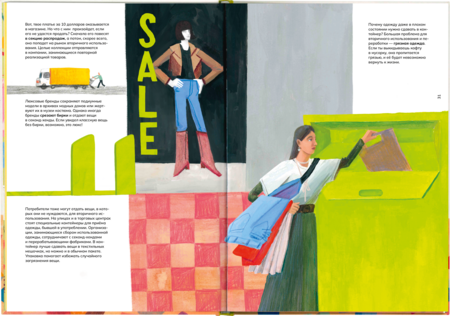
The final conclusion is in fact encouraging — everything can still be changed if you change your attitude towards shopping. The book ends with tips for conscious consumption.
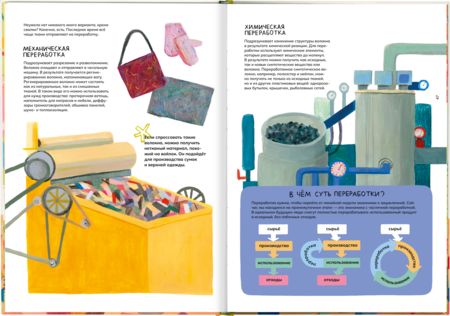
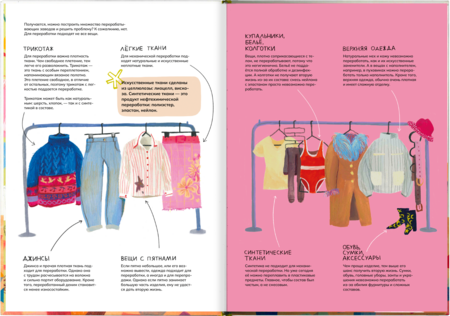
Poster
The A1 infographic poster consistently illustrates the life cycle of clothing. It serves as a summary of the book and folds into a dust jacket.
